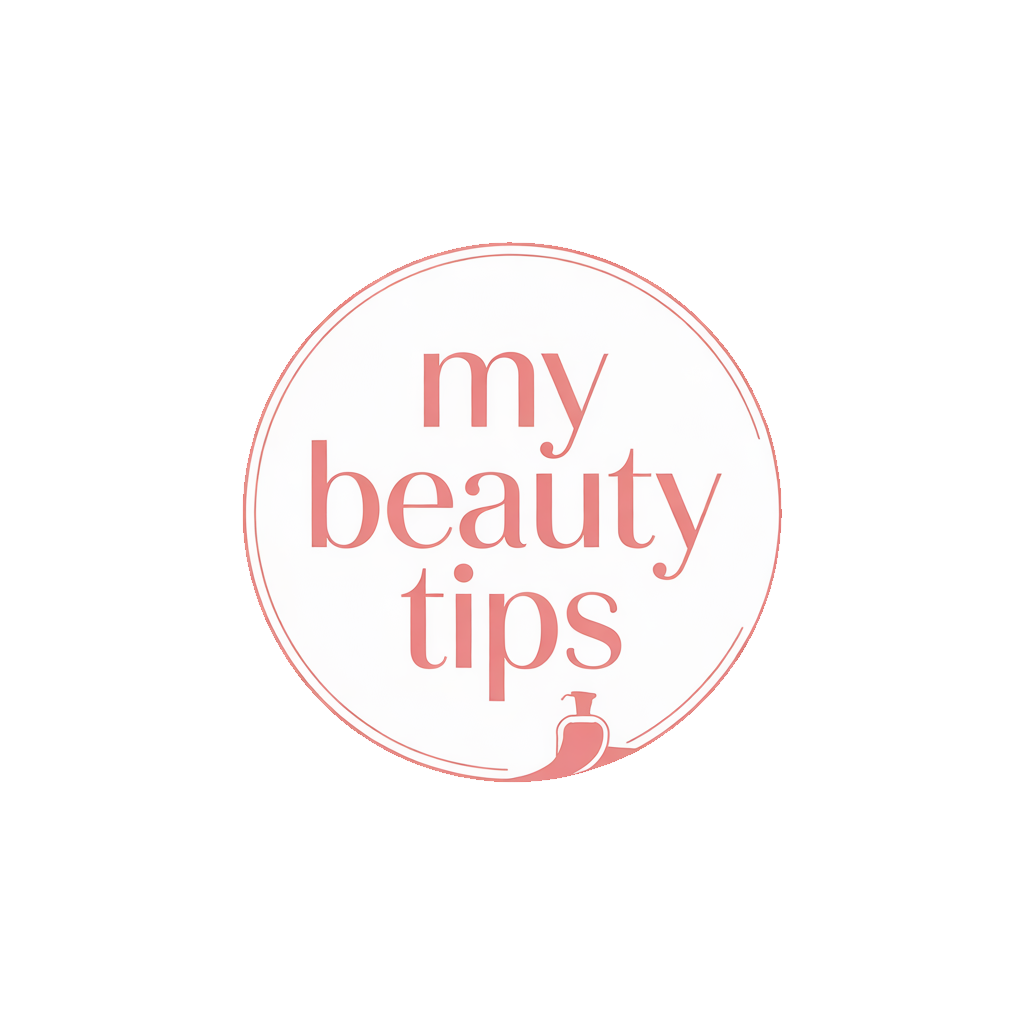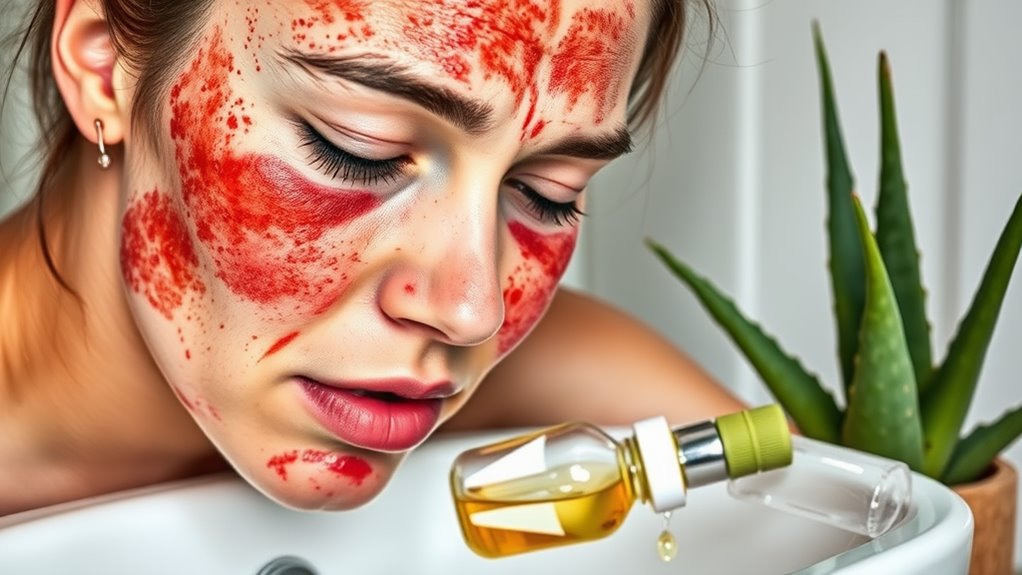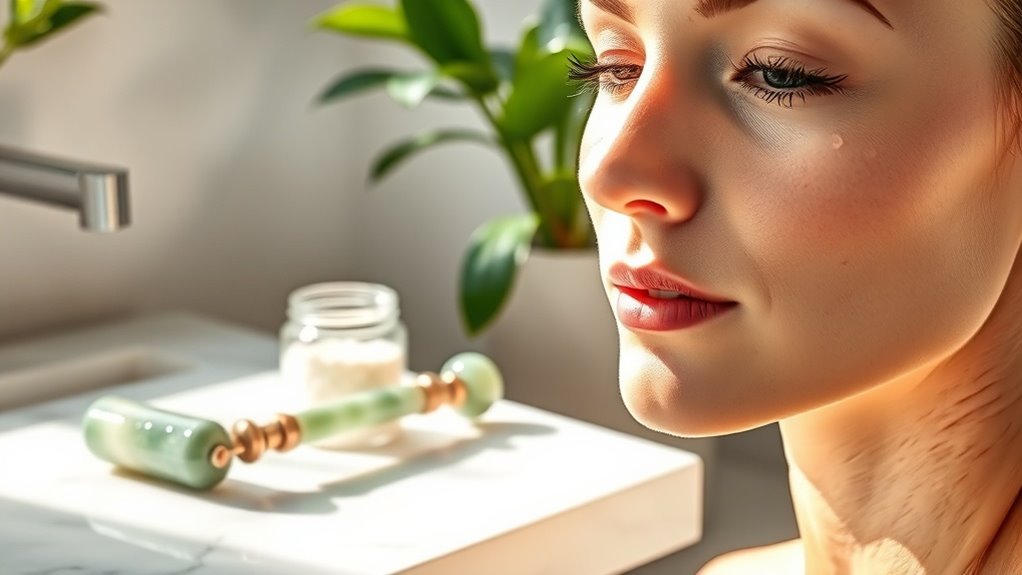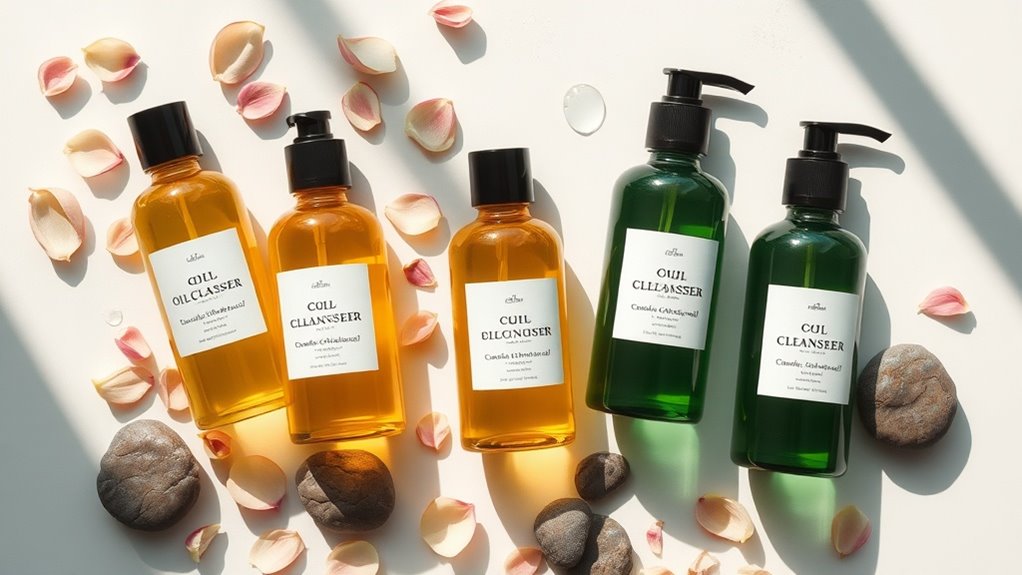Exfoliation Gone Wrong. How to Fix Common Over-Exfoliation Mistakes
You’re probably aware that exfoliation can be a great way to achieve glowing skin, but sometimes it can backfire. If your skin’s feeling red, irritated, or breaking out, you might be overdoing it. Fortunately, there are immediate steps you can take to soothe your skin and prevent further damage. Understanding what went wrong is key to restoring balance and achieving the healthy complexion you desire. Let’s explore how to address these common mistakes.
Signs of Over-Exfoliation
When you exfoliate too often, your skin can start sending out clear signals that something’s wrong. You might notice increased redness, irritation, or even patches of dryness.
These are common signs of over-exfoliation, a mistake many of us make while chasing that perfect glow. Your skin may feel tight or sensitive, and you could experience breakouts as your skin struggles to recover.
Remember, it’s all about balance. Listen to your skin; it knows best.
Don’t let exfoliation mistakes take away your confidence. Instead, embrace a routine that nurtures and celebrates your unique skin, fostering a sense of belonging in your beauty journey.
Immediate Steps to Take
If you suspect you’ve over-exfoliated, take immediate action to soothe your skin and restore its balance.
Start by rinsing your face with cool water to calm irritation. Skip harsh products; instead, apply a gentle moisturizer or aloe vera gel to hydrate and protect your skin.
Avoid makeup for a few days to let your skin breathe. Remember, it’s okay to take a break—your skin will appreciate it!
Lastly, reach out to friends or online communities for support; you’re not alone in this. Together, we can learn and grow, ensuring healthier skin for everyone in our circle.
Long-Term Recovery Strategies
To ensure your skin heals properly after over-exfoliation, focus on nurturing it with a consistent, gentle skincare routine.
Incorporate hydrating serums and moisturizers rich in soothing ingredients like aloe vera and hyaluronic acid. Avoid harsh products and stick to mild cleansers that won’t irritate your skin further.
Remember to stay hydrated and eat a balanced diet to support your skin’s recovery from within. Consider incorporating a weekly calming mask to boost moisture levels.
Lastly, don’t forget the importance of patience—your skin needs time to recover, so give it the love and care it deserves as it heals.
Best Practices for Safe Exfoliation
Exfoliating your skin safely requires a thoughtful approach, so you can enjoy the benefits without risking damage.
Start by choosing the right exfoliant for your skin type; gentle chemical exfoliants are often best. Limit exfoliation to 1-3 times a week, depending on your skin’s sensitivity.
Always follow up with a hydrating moisturizer to replenish your skin. Don’t forget sunscreen – protecting your freshly exfoliated skin is crucial.
Listen to your skin; if it feels irritated, take a break. By following these best practices, you’ll bond with your skin and foster a radiant, healthy glow that you can truly feel proud of.





